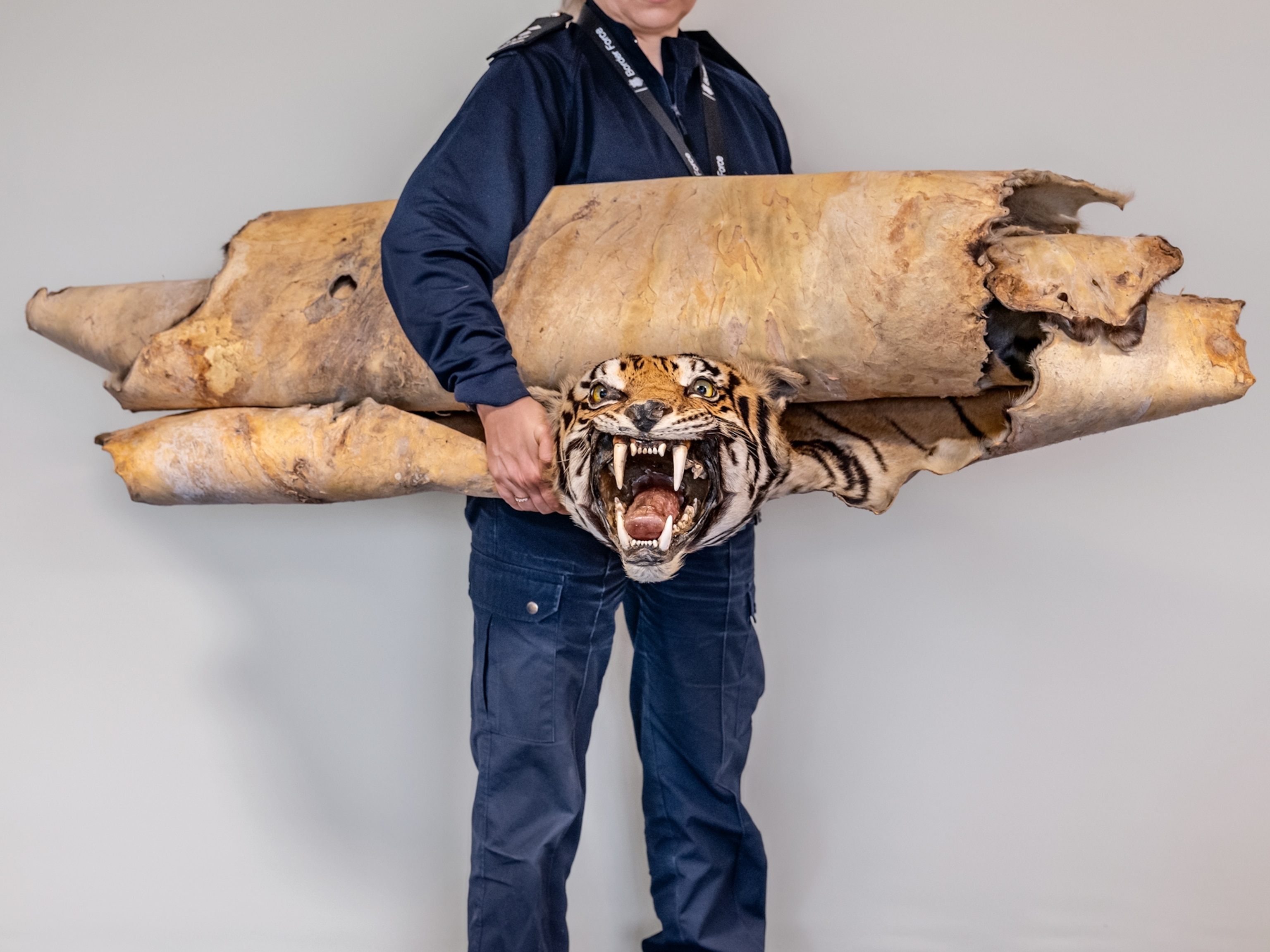Mexico just got slapped with rare sanctions for its failure to protect wildlife. Here’s why.
The unusually harsh punishment will block the country from selling its regulated wildlife abroad as exotic pets or souvenirs.

New sanctions imposed on Mexico under the global treaty that regulates wildlife prohibit the country from selling any of its regulated wildlife to the other 183 parties to the agreement.
The measure, announced today by the Convention on International Trade in Endangered Species of Wild Fauna and Flora (CITES), is a rebuke for Mexico’s failure to combat illegal fishing of totoaba and protect the vaquita, a critically endangered porpoise that dies in gillnets intended to catch totoaba. Both species live only in the Gulf of California, where scientists estimate that no more than 10 vaquita survive today. The totoaba is protected under Mexican law but is fished illegally for use in Asia in traditional medicine.
The punishment is the most drastic step available under the treaty and comes after the CITES secretariat had repeatedly warned Mexico about the need to better protect the vaquita and totoaba. In November 2022, CITES instructed Mexico to submit, by February 28, a comprehensive action plan for both species. The government was asked, among other things, to detail further steps it would take to prevent unauthorized vessels from entering waters where fishing is banned and how it would police its gillnet-free zones. Mexico met the deadline, but its action plan fell short.

The CITES trade database shows that Mexico is a major exporter of wild animals for exotic pets—especially to the United States—including live lizards and tarantulas, as well as wildlife products such as reptile skins and bird feathers.
The sanctions mean that most countries will no longer consider Mexico’s documentation for wildlife exports as valid.
“It’s a pretty serious penalty, but we’re talking about the extinction of a species so that’s warranted,” says Sarah Uhlemann, international program director for the environmental nonprofit Center for Biological Diversity. The organization has been outspoken about the dire situation facing the vaquita.
Mexico’s Ministry of Environment and Natural Resources said in a statement on March 25 that it considers the sanctions “inequitable treatment” and that CITES fails to acknowledge its ongoing efforts to protect these animals. It said Mexico plans to send a delegation to Geneva, where CITES is headquartered, to review the country’s progress and to respond to comments from its representatives about the action plan.
The global wildlife trade treaty “has teeth because those sanctions can be put on,” CITES Secretary-General Ivonne Higuero told National Geographic earlier this month. “Ultimately what needed to be done was [for fishers] to stop entering into the zero-tolerance area,” she said, referring to a roughly 200-square-mile area that’s off-limits to any fishing boats to help protect vaquita that are known to frequent those waters. Despite that restriction, international scientific observers saw 117 local fishing boats in those waters in just one day in the autumn of 2021. And on one day this February, the environmental organization Sea Shepherd observed 30 vessels fishing there with nets.
Thirty other countries are subject to sanctions under the 50-year-old CITES treaty. Some, like Mexico, are banned from all trade, and others have narrower restrictions on commerce in specific wildlife products.
The trade suspension will remain in place until CITES receives a satisfactory amended action plan. Mexico says it’s committed to resolving this issue.





